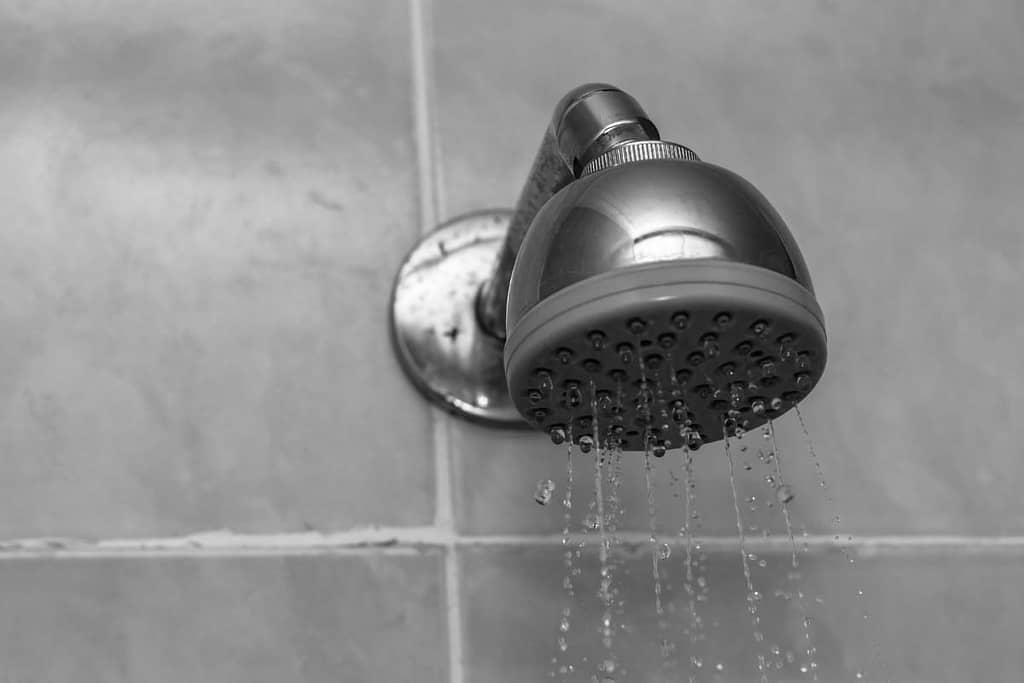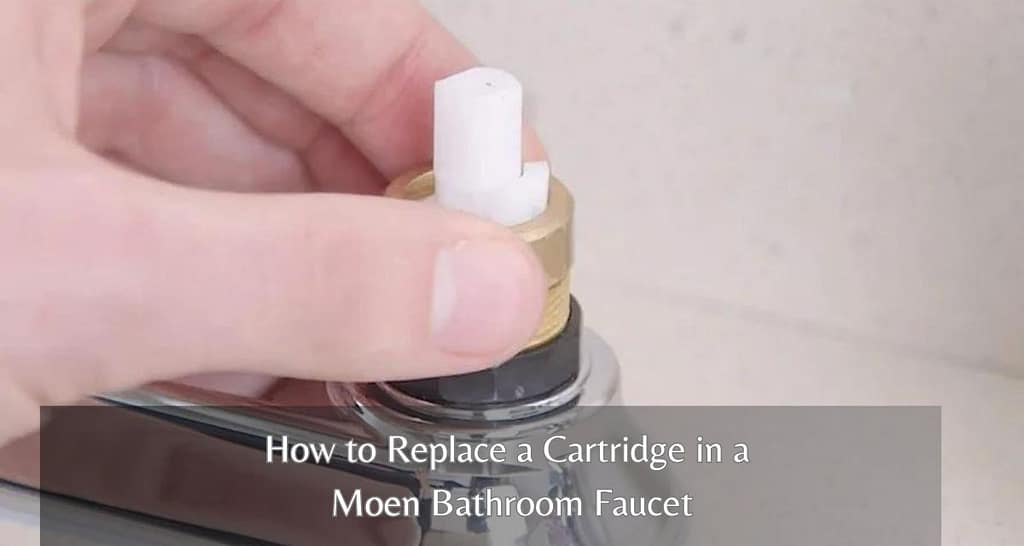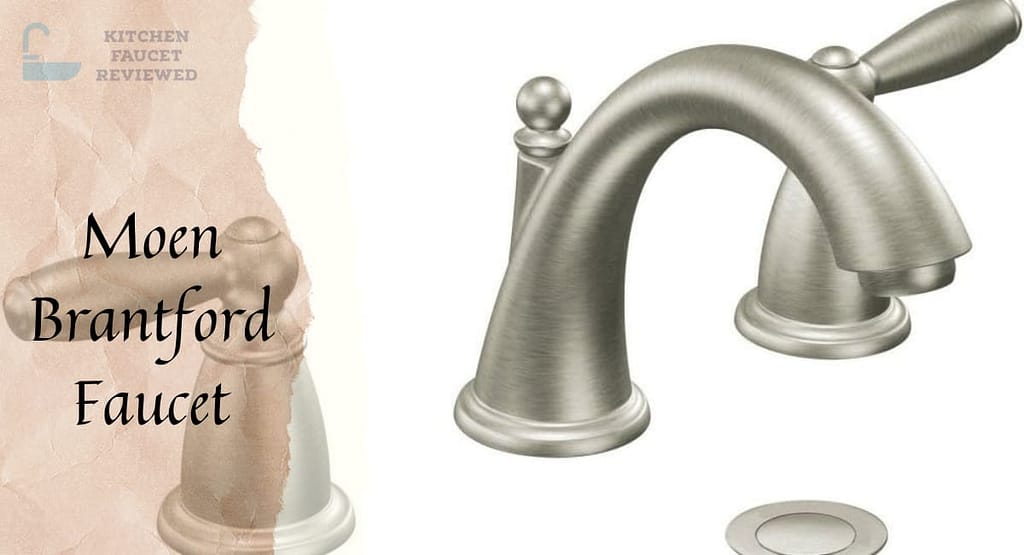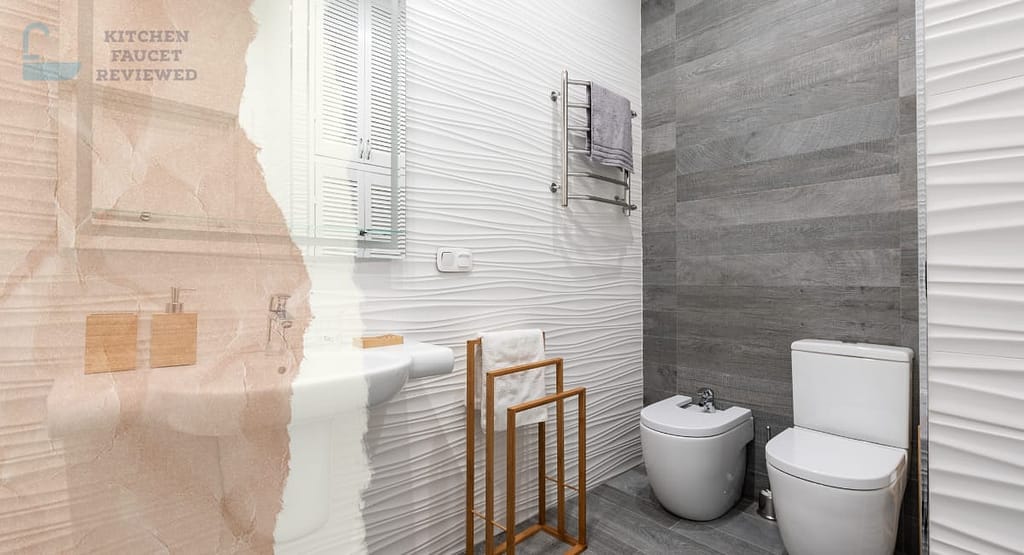Tired of weak water pressure in your shower? It’s a common problem that’s actually easy to fix yourself. This quick guide will show you the most common causes of low water pressure and some simple solutions to boost it.
We’ll cover checking for mineral buildup, cleaning or replacing your showerhead, and adjusting your home’s water pressure regulator. By the end, you’ll be back to enjoying powerful showers in no time. Let’s dive in and get that water flowing stronger!
How to Increase Water Pressure In Shower

1. Check the Showerhead:
Have you noticed your showers don’t seem as strong as they used to be? It’s probably not a problem with your pipes. Chances are, mineral buildup inside your showerhead is to blame. Over time, hard water leaves deposits that clog the tiny holes and reduce the water pressure.
The good news is restoring that pressure is simple! Just use vinegar, which can remove those deposits. Take off the showerhead and soak it in a bowl of vinegar overnight. The acid in the vinegar will dissolve any mineral deposits that have built up.
In the morning, thoroughly rinse the showerhead with water. You may need to scrub it a little if any residue remains. Then put the showerhead back on. Voila! You’ll be amazed at how much stronger the water flow is.
Give it a try the next time you notice your showers aren’t as powerful as before. With a simple overnight vinegar soak, you can easily clear out mineral buildup and get great water pressure back. Your showers will feel fresh and invigorating once more!
2. Clean the Shower Filter:
In addition to mineral buildup blocking your showerhead, a common culprit for decreasing water pressure is a dirty shower filter. Many shower systems have a small filter that screens out particles from the water supply. But over time, these filters can get clogged too.
Locating your shower filter is usually easy – it’s typically located near the showerhead. Once you find it, check the manufacturer’s instructions for the best way to clean it. Often, you can simply remove the filter cartridge and rinse it thoroughly under running water. For stuck-on debris, let it soak in a vinegar solution first before scrubbing.
Giving your shower filter a good cleaning is a simple maintenance task but it can make a huge difference to water flow. When the tiny pores are blocked, it restricts the water pressure. A clean filter lets the full force of the supply line come through.
The next time you notice weaker water pressure in the shower, be sure to inspect the filter. Deep mineral deposits or a layer of grime could be the culprit. With just a quick scrub or soak, you may be able to restore the pressure without needing a plumber. Clean filters and showerheads are what keep your shower feeling fresh and powerful!
3. Check the Water Valve:
In addition to mineral buildup and dirty filters affecting shower pressure, another common culprit is a partially closed water supply valve. These valves control the flow of water from the mainline into fixtures like showers.
Over time, the valves can gradually get nudged out of position or buildup inside may interfere with full opening. Then the water can’t pass through at its maximum rate. This is easily solved though!
Locating the valve is simple – it will be near where the shower supply line connects to the home’s plumbing. Feel for the circular handle and ensure it’s turned fully counterclockwise. This positioning tells the valve to open to its maximum capacity.
If the handle is only partway or feels stiff, slowly turn it counter-clockwise while gently wiggling it loose. With any luck, increased water flow will immediately follow! No need to call a plumber for such an easy fix.
Be sure to check the supply valve the next time you notice weaker water pressure hitting the shower. A fully open valve means that pump is getting an unrestrained flow of water power behind it!
4. Remove Flow Restrictors:
When it comes to water pressure in the shower, every little bit helps – which is why some choose to remove the built-in flow restrictor. These restrictors are installed in many showerheads as a water-saving measure. While great for conservation, they can also put a damper on water pressure.
Most restrictors screw or pop out easily if you want to ditch it. Just be aware this comes with tradeoffs – your water usage will likely increase a bit without its flow-regulating effects. For a short power-boost though, it may be worth it.
I’d recommend only removing the restrictor temporarily, like for weekend warrior showers after long work weeks. Or if you live in an area without water shortages, it could stay out permanently. Just keep in mind the environmental impact of higher usage.
The choice is yours based on your needs and priorities. For me, a strong shower is a little self-care that makes Monday mornings more bearable! Just inspect your showerhead and see if a restrictor stands between you and increased pressure. With a quick twist, you may be rewarded with an upgraded shower experience.
5. Check for Leaks:
When water pressure starts feeling lower than usual, one culprit to check for is leaks. Any dripping or wet spots point to wasted water that never makes it out of the showerhead.
Give your shower a thorough inspection for signs of leaks. Pay attention to where pipes connect to fixtures – these are high risk areas. Check faucets, handles, and shower walls/floors too. Even small leaks that seem to cause little damage can still drain water pressure over time.
If you spot any suspicious wetness, it’s best to call in a plumber. Leaks can worsen and cause costly water damage if not addressed. Professional tools allow plumbers to precisely pinpoint leak locations hidden behind walls too.
Once fixed, you may notice an immediate boost in water pressure as full flow is restored. No more wasting gallons down the drain! And catching leaks early prevents much bigger problems and repair bills down the road.
So before assuming your shower’s waning power is permanent, give everything a look over for telltale leak signs. A plumber visit could end up solving the pressure problem and saving on future water costs too. Your shower will thank you!
6. Consider a High-Pressure Showerhead:
After trying all the typical fixes and your shower still just isn’t hitting the spot, an upgrade may be calling your name. High-pressure showerheads are specially designed to deliver an extra powerful spray that leaves you feeling fully refreshed every time.
These showerheads work their magic through innovative internal engineering. Precisely machined nozzles and optimized waterways mean very little is lost between supply and output. The result is a spray that packs serious punch – just the ticket if you crave intense coverage and flow.
While an investment, many find the cost well worth it for luxurious showers. No more wimpy water woes to put a damper on your day. And high-pressure heads tend to last much longer too since components can better withstand mineral buildup over time.
If simple fixes have you still wanting, treat yourself to an upgrade. Browse top-rated high-pressure models with spray settings to suit every mood. Feel the difference a few clicks on Amazon can make to your shower zen. Upleveling to a high-performance head just might become your favorite home improvement yet!
FAQs
How to check water flow rate in my shower?
To check the water flow rate in your shower, follow these simple steps:
- Start by gathering a 1-gallon (or 5-liter) bucket and a stopwatch or timer.
- Fully open the shower faucet or showerhead to its maximum flow.
- Place the bucket under the showerhead, making sure it captures all the water.
- Once the bucket is in position, start the timer and let the water flow into the bucket for exactly 10 seconds.
- After 10 seconds, stop the flow of water and carefully measure the amount of water collected in the bucket.
- Now comes the math part! Multiply the amount of water collected in the bucket by 6 to get the flow rate in gallons per minute (GPM). If you used a 5-liter bucket, multiply the collected water by 12 to get the flow rate in liters per minute (LPM).
- Finally, compare the flow rate you obtained to the standard flow rate recommended for showers, which is around 2.5 GPM or 9.5 LPM. If your flow rate is significantly lower, you may have a water pressure issue or a clogged showerhead that needs attention.
What is maximum and minimum water flow rate of shower?
Maximum Water Flow Rate for Showers:
The maximum water flow rate for showers is generally regulated to ensure efficient water usage and conservation. In most cases, the maximum flow rate for showers is around 2.5 gallons per minute (GPM) or 9.5 liters per minute (LPM). This helps maintain a balance between a satisfying shower experience and responsible water consumption.
Minimum Water Flow Rate for Showers:
On the other hand, the minimum water flow rate for showers is subjective and can vary depending on personal preference. Some individuals prefer a gentler, water-saving shower experience, while others enjoy a more robust flow. However, it’s important to note that excessively low flow rates may result in inadequate water pressure and a less satisfying shower experience.
It’s worth mentioning that specific regions or jurisdictions may have regulations or guidelines regarding flow rates for showers. These regulations aim to promote water efficiency and conservation, so it’s a good idea to check with your local authorities to ensure compliance.
Should I buy new shower if water pressure is low?
If you’re experiencing low water pressure in your shower, it’s important to assess the situation before making any hasty decisions about buying a new one. Here’s what you should consider:
Firstly, it’s crucial to identify the cause of the low water pressure. It could be due to issues within your plumbing system, such as clogged pipes or a faulty pressure regulator. Alternatively, the problem may lie with the water supply itself. Understanding the root cause will help determine the best course of action.
Next, check if the low water pressure is isolated to your shower or if it affects other fixtures in your home as well. If the issue is widespread, replacing the shower alone may not solve the problem entirely. In such cases, it’s wise to investigate the overall water pressure throughout your home.
Before jumping to conclusions, try cleaning or replacing certain components that could be affecting the water pressure. Start with the showerhead, as it often accumulates mineral deposits or debris that can obstruct the flow. Cleaning or replacing the showerhead with a more efficient model might improve the water pressure.
If these steps don’t resolve the issue, it’s advisable to consult a professional plumber. They possess the expertise to assess your plumbing system, identify any underlying problems, and provide the most suitable solution. They will guide you on whether purchasing a new shower is necessary or if there’s a different fix required.





